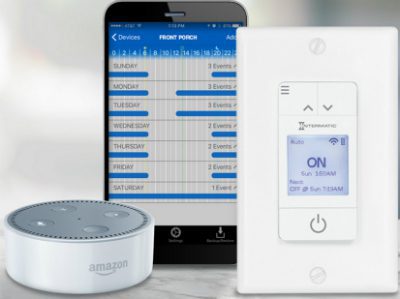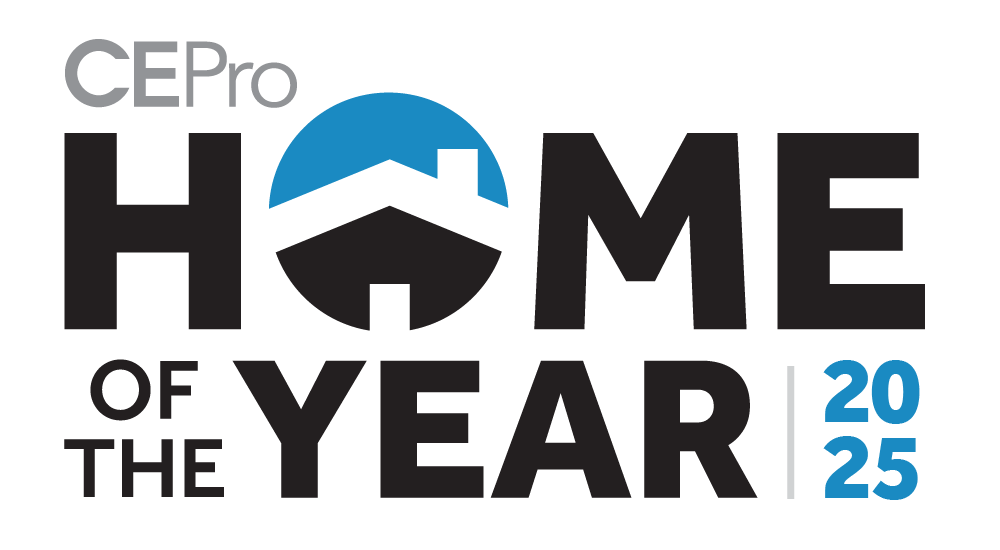Each day, more and more Americans take the plunge and bring smart technology into their homes. According to reports from NPR and Edison Research, nearly 40 million Americans own at least one smart speaker, and strong indicator of future adoption of smart controls.
The good news for integrators? This trend is going to keep the industry very, very busy.
The not-so-great news: Installing next-generation smart home devices isn’t always as fast and easy as it should be. Overly complicated systems and clunky interfaces can lead to headaches on the job site and a host of nuisance troubleshooting issues.
“A lot of times homeowners will become frustrated in working with a hub-based system,” says Kim Durkot, segment marketing manager, Intermatic.
Intermatic helps avoid this problem with the hubless Ascend Smart In-Wall Timer. Ascend Smart is a Wi-Fi-enabled smart timer that can be used for both home lighting and light commercial applications.
Perfect for entryways, garages, lobbies and other shared spaces, it’s a simple way to automate routine lighting schedules, improve security and boost energy efficiency. Better still, Ascend Smart is compatible with both Amazon Alexa and Google Assistant.
The bread-and-butter of the system is its three pre-programmed templates, which keeps things simple for customers and saves up to 15 minutes on each installation.
According to Intermatic, 80 to 90% of programs put into the system are covered by one of the three templates.
Read Next: Intermatic Smart In-Wall Lighting Timer Sidesteps Installer Pain Points
“If an installer has a very large project, they can create a custom schedule, save it to their mobile device and then call it up and use it in the next installation,” says Durkot.
In addition, installers can email or text a schedule to other coworkers who can then use it on the devices they install.







